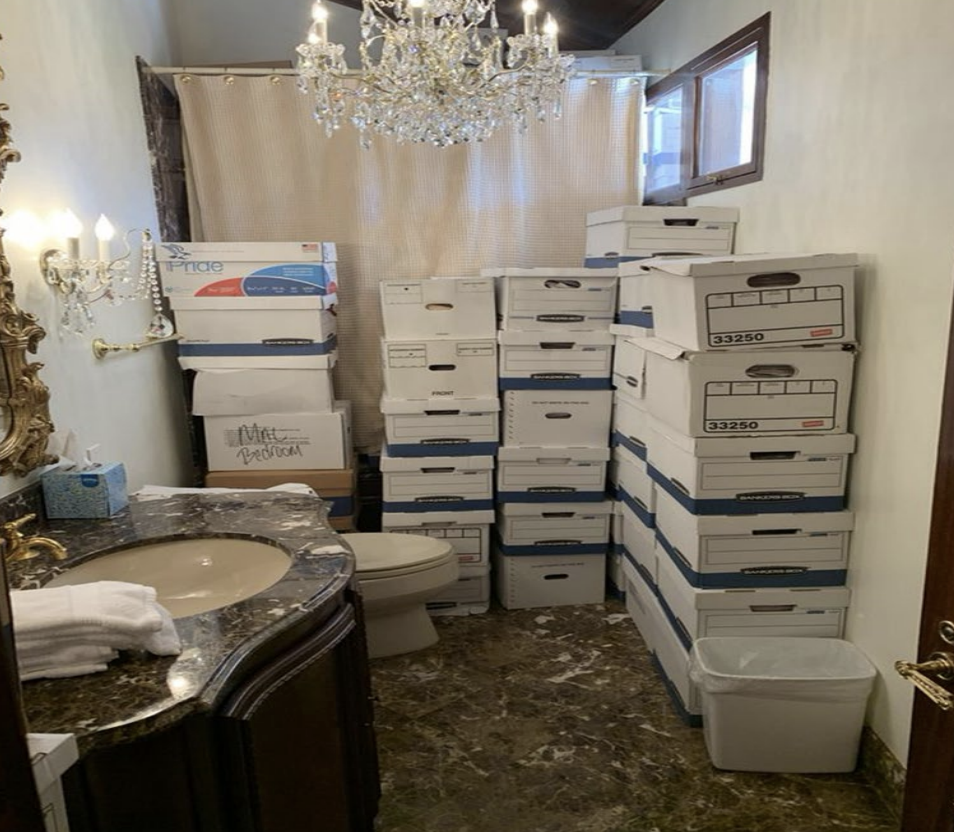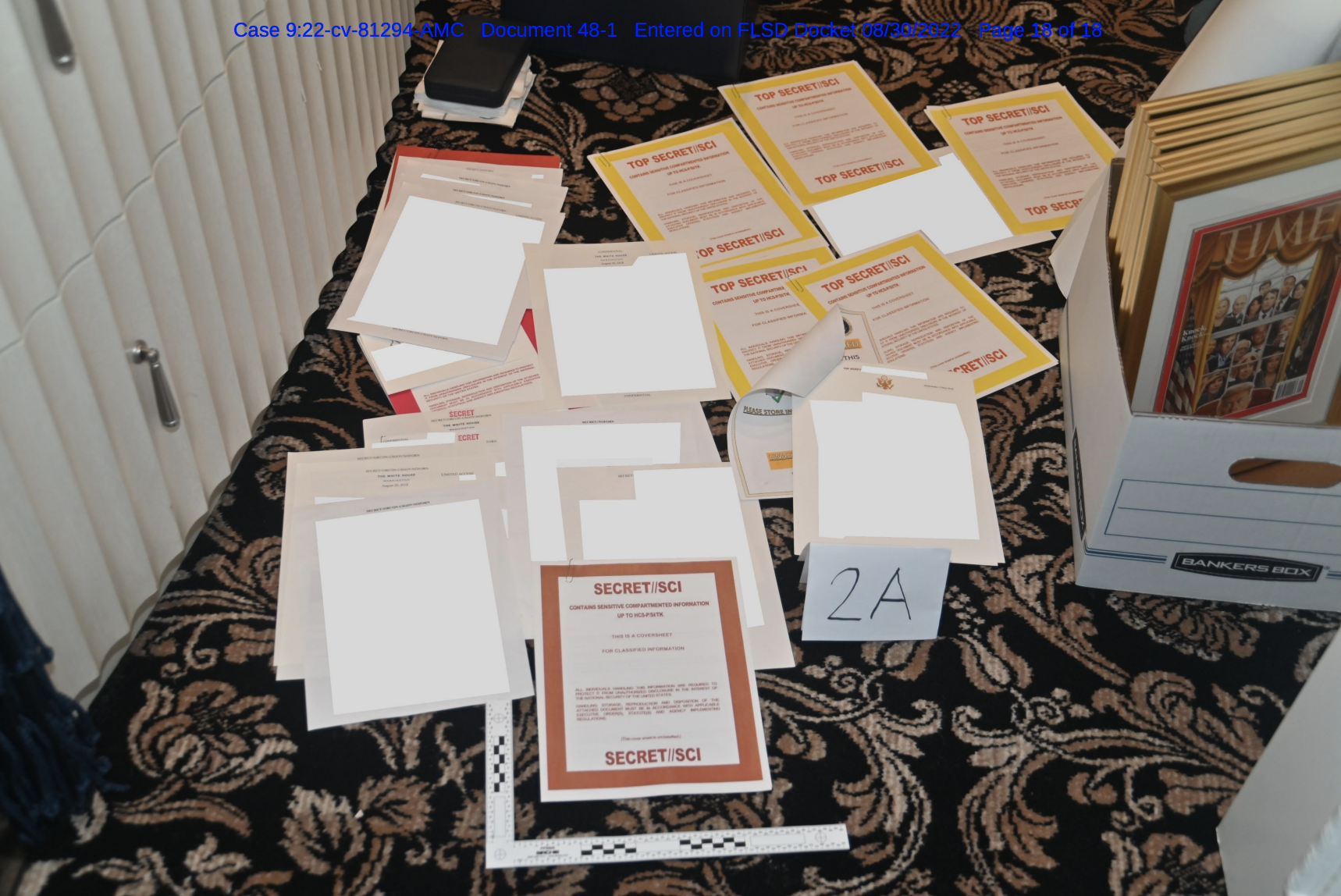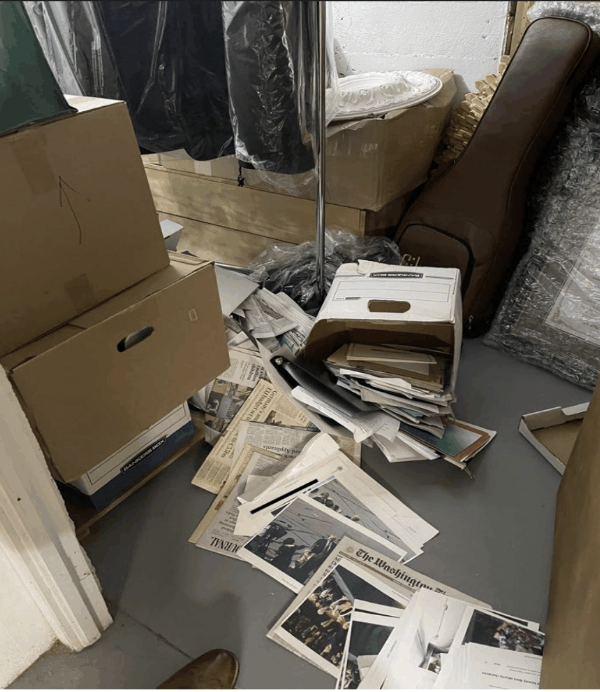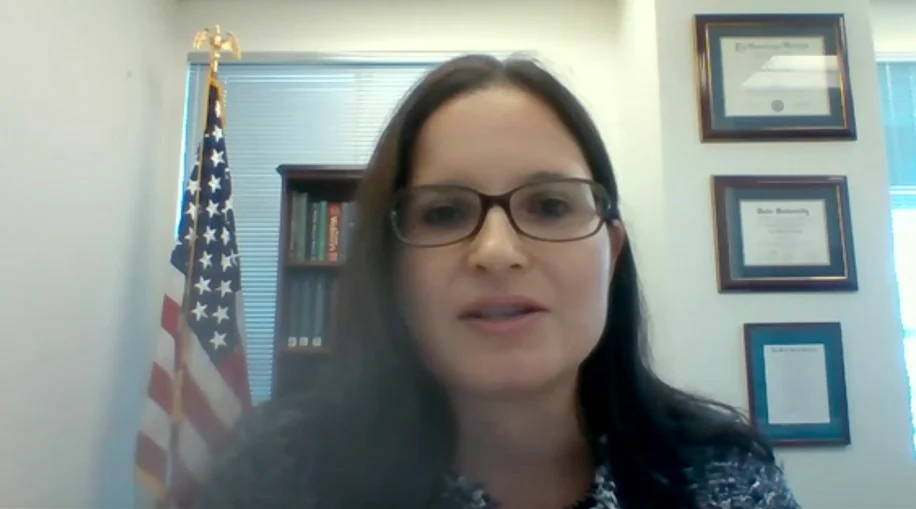When “Lock Her Up!” becomes “Wait Till Later!”
Last month, I did a post noting the legal significance of two paragraphs in Trump’s indictment, one quoting Trump’s promises to protect classified information during the 2016 election, and another quoting Trump’s rationale for (pretending to) strip John Brennan of clearance for using classified information for his own gain.
Here’s the paragraph quoting just some of the times Trump used a promise to protect classified information to beat Hillary Clinton.
22. As a candidate for President of the United States, TRUMP made the following public statements, among others, about classified information:
a. On August 18, 2016, TRUMP stated, “In my administration I’m going to enforce all laws concerning the protection of classified information. No one will be above the law.”
b. On September 6, 2016, TRUMP stated, “We also need to fight this battle by collecting intelligence and then protecting, protecting our classified secrets. . . . We can’t have someone in the Oval Office who doesn’t understand the meaning of the word confidential or classified.”
c. On September 7, 2016, TRUMP stated, “[O]ne of the first things we must do is to enforce all classification rules and to enforce all laws relating to the handling of classified information.”
d. On September 19, 2016, TRUMP stated, “We also need the best protection of classified information.”
e. On November 3, 2016, TRUMP stated, “Service members here in North Carolina have risked their lives to acquire classified intelligence to protect our country.”
The two paragraphs played a certain role in proving that Trump understands the import of classified information. But they also, I argued, bundled a public integrity component up inside this Espionage Act trial.
That is, they laid out how Trump himself has argued that voters need to know whether you’re going to mishandle classified information before they cast their votes.
Those paragraphs may come in handy as DOJ attempts to respond to Trump’s opposition to the government’s proposed schedule for trial. Because he is now arguing that he’s too busy running for President to take time out to be tried for stealing classified records.
Note that Trump misrepresents what his filing attempts to do (and few journalists are calling him on it). The filing is titled, “Response in Opposition to the Government’s Motion for Continuance and Proposed Revised Scheduling Order” — that is, it claims to be responding only to the government’s pitch for a December trial. But the first paragraph admits that it is also asking Cannon to entirely withdraw her own orders setting trial in August.
The Defendants, President Donald J. Trump and Waltine Nauta, in the above captioned matter, respectfully request that this Court deny the Government’s proposed scheduling order, withdraw the current Order (ECF No. 28), and postpone initial consideration of any rescheduled trial date until after substantive motions have been presented and adjudicated. [my emphasis]
As we all hold our breath to see how Cannon will respond to this request, understand that Trump has pitched this (smartly, probably), as him against the government, but there’s a tiny chance Cannon will be miffed Trump is downplaying her own authority both here and (as I note below) on picking a jury.
There are many reasonable parts of this filing:
- Trump argues this case should get complex case designation, leaving a longer time for pretrial proceedings (though he falsely claims the government is asking for an “expedited” trial)
- Trump states that CIPA is going to take some time
- Trump claims that this trial will present a number of matters of first impression — or at least matters of first impression for this Circuit (for example, Trump and Paul Manafort, have already lost on Special Counsel authority in DC, but not in the Eleventh Circuit)
- Trump unsurprisingly calls all the classified designations as “purported,” which reserves the issue for trial
- Trump describes that jury selection will be onerous (this is one issue on which Cannon has already issued a ruling)
- While Trump is bullshitting that he’s being tried by his opponent, it is true that there should be as little secret evidence in this case as possible
Much of it is typical defense attorney argument about the need to adequately review the evidence before figuring out where to go next — though this filing pitches what is actually fairly modest discovery, if you ignore the CCTV footage, as a great burden.
The Government anticipates producing discovery in stages due to the sheer volume of documents collected and because of procedural mechanisms necessary to protect against the unlawful production of classified information. The Government produced its “first production of unclassified discovery” on June 21, 2023. 1 That initial production was substantial and voluminous. Therein, the Government produced more than 428,300 records (in excess of 833,450 pages) consisting of approximately 122,650 emails (including attachments) and 305,670 documents gathered from over ninety (90) separate custodians. The initial production also included some 57 terabytes of compressed raw CCTV footage (so far there is approximately nine months of CCTV footage, but the final number is not yet certain).
There’s a hilarious line where the same guy who consented to a discovery vendor to turn some of this very same evidence for a Special Master review before this very same judge less than a year ago now says the use of such vendors will be impossible given the “sensitive and high profile” nature of the case.
Since, unlike most cases, all the discovery materials are sensitive and high-profile, the Defendants are unable to utilize contract or other third-party reviewers to the extent such resources would normally be available.
And Trump pitches a one year investigation as a totally long time — without mentioning that he, with Judge Cannon’s help, caused three months of that duration by demanding a stay in the investigation, to say nothing of his months of obstruction before that.
The Government’s investigation into the matters at issue in the indictment has been ongoing for over a year.
There’s a funny progression where Trump first says his day job running for President doesn’t leave him time to be prosecuted for stealing documents the last time he was President, then admits that he has found time in his busy schedule for two other trials.
President Trump is running for President of the United States and is currently the likely Republican Party nominee. This undertaking requires a tremendous amount of time and energy, and that effort will continue until the election on November 5, 2024. Mr. Nauta’s job requires him to accompany President Trump during most campaign trips around the country. This schedule makes trial preparation with both of the Defendants challenging. Such preparation requires significant planning and time, making the current schedule untenable and counseling in favor of a continuance
[snip]
Finally, previously scheduled trials in other matters for both President Trump and defense counsel make it nearly impossible to prepare for this trial by December 2023. For example, President Trump and Mr. Blanche are preparing for a March 2024 criminal trial in New York Supreme Court; Mr. Kise and President Trump are preparing for a lengthy civil trial in New York Supreme Court commencing October 2, 2023;
[snip]
The pendency of these other proceedings and their collective impact on the ability of defense counsel to prepare effectively for trial also support granting a continuance pursuant to 18 U.S.C. § 3161(h)(7)(B)(ii) & (iv).
But, given that he got elected the last time by promising he would be more careful with classified information than his opponent, the most remarkable paragraph in the filing is this one, where Trump says there is no exigency to scheduling this trial (as opposed to his hush money or corporate fraud trials) before the election.
While the Government appears to favor an expedited (and therefore cursory) approach to this case, it cannot point to any exigency or urgency requiring a rapid adjudication. There is no ongoing threat to national security interests nor any concern regarding continued criminal activity
I suspect the paragraph is designed to elicit a response to the question, “is there any concern regarding continued criminal activity?” That is, I think it is an attempt to probe for what more the government continues to investigate.
And yes, the government may well respond to this by answering, “funny you should mention ongoing threats to national security because we’re still looking for all the things that disappeared up at Bedminster.”
But the underlying premise is even more remarkable, given how Trump’s got elected the last time.
Trump says that there is no exigency in telling the citizens and voters of the United States whether the last time he was President, all the promises he made to get elected were just bullshit, because in fact he used his position of power to steal the nation’s secrets and store them in his chandeliered bathroom.
There is a lot that is reasonable in this filing.
But at its core, it argues that a guy accused of using the access to the nation’s secrets he got by getting elected President on false promises the last time, should get a shot at accessing those secrets again, without first letting a jury decide whether he had abused his position of power the last time.
Trump promised voters in 2016 that he would protect classified secrets; it’s actually a key part of how he got elected. Now he says voters shouldn’t have a chance to find out whether he broke that promise before going to the polls again.
Update: This post originally suggested current Trump lawyer Todd Blanche was on Paul Manafort’s team when he tried to challenge Robert Mueller’s Special Counsel authority. That’s not the venue in which Blanche represented Manafort.
Update: Judge Cannon has reset the CIPA conference for Tuesday afternoon, as all parties had agreed would work.




